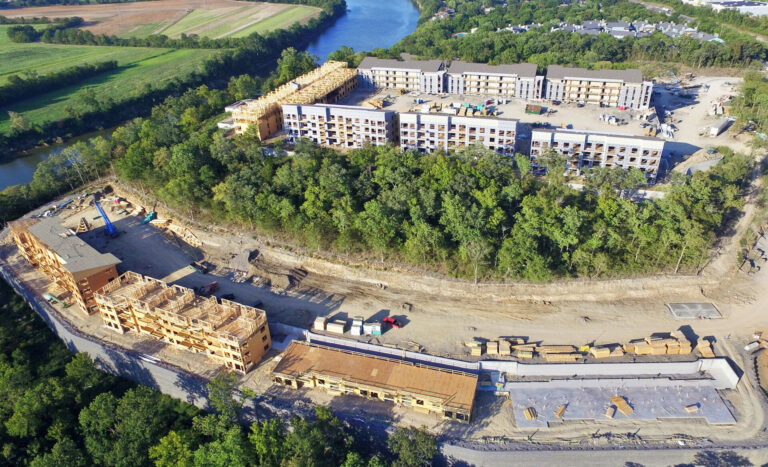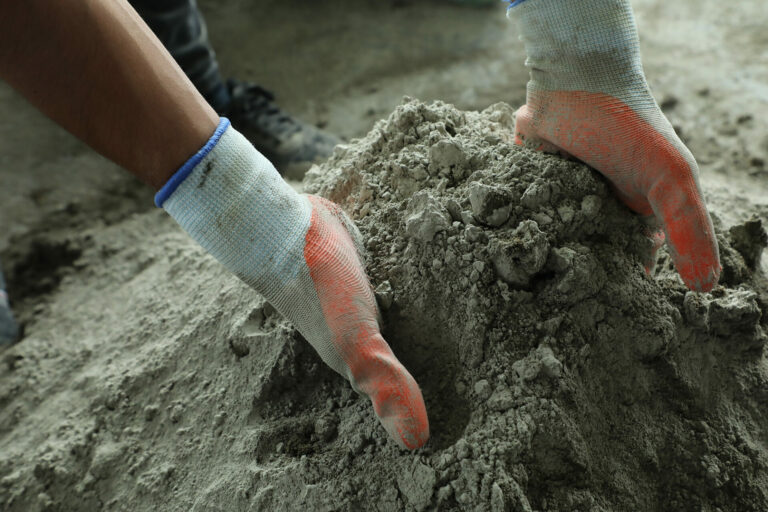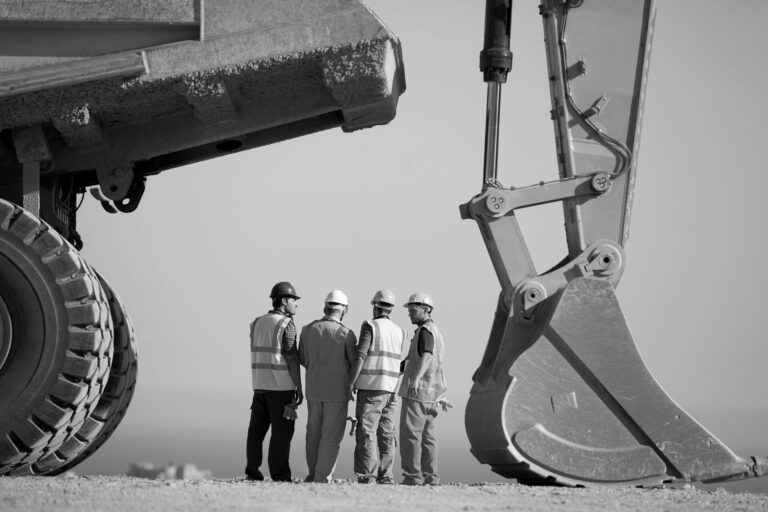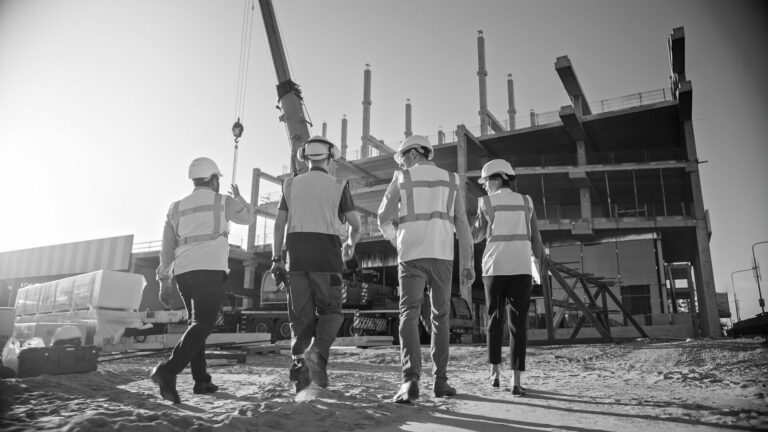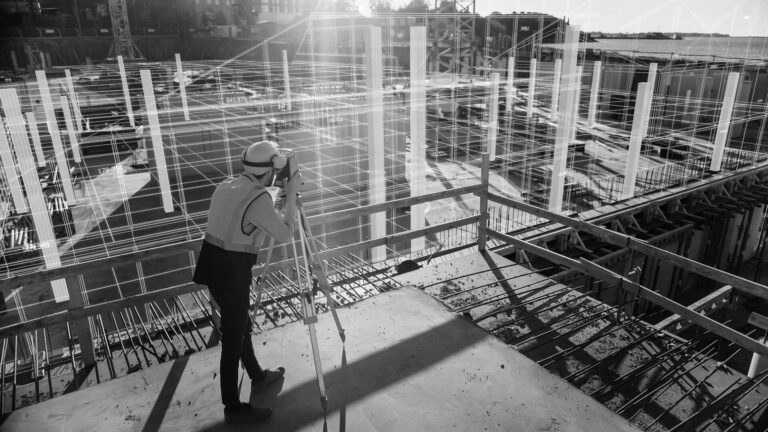As the world faces into a slow and tentative recovery, tough decisions are being made on how industries can be supported and encouraged to grow once more. In Ontario, the first steps are education and training.
Throughout the world, difficult decisions are being made with regards to COVID-19; possibilities of future waves, weighing up the benefits and effects of further lockdowns, delineating individual and governmental responsibility. Ultimately, there is no correct answer and people now find themselves in situations they never thought possible. The stakes attached to their decisions are higher than ever before as administrations around the globe attempt to balance health and economy, hospital capacity and unemployment, respiratory health and emotional health. As individuals and as part of a collective, we are now ten months into a pandemic and trying to somehow move forward from the paralysis that had set in. Governments are looking at stimulus packages in the hope of jump-starting industries, dragging employment figures closer to pre-pandemic levels.
Though it might seem disingenuous, it is human nature to look for positives, no matter how difficult the circumstances are. Businesses across all sectors however, now have an opportunity to develop and grow in new directions. By finding themselves on the floor, there may be space there to think innovatively about where they can go next. It is in this context that Ontario may just be paving the way for developing industry growth through innovative thinking and decisive action.
In order to realize any possible new directions however, it is important that the financial support is in place early. While construction may have been decimated almost overnight, the resurgence of such a huge industry takes a considerably longer lead-in time. Back in July, as world leaders and businesses alike were first assessing the damage to their respective world and trying to create pathways to recovery, Ontarians were given a sliver of hope with the announcement of the COVID-19 Economic Recovery Act. This was a proposed piece of legislation ‘that lays the foundation to restart jobs and development, strengthen communities, and create opportunity for people in every region of the province’ by providing funding for critical services and, critically for the construction industry, getting key infrastructure projects built faster. Announcing this plan, Premier Doug Ford said, ‘The COVID-19 pandemic has touched all Ontarians and created significant hardship for individuals, families and businesses. People are relying on our government to help rebuild the province and get people back to work ― and that’s exactly what we’re doing, starting with this new legislation.’
While the legislation was passed into law later that month, its parameters were broad and, while it came as a much needed respite to the Ontario economy, it was not specifically targeted at the construction industry. More recently, the provincial government took another step towards resurrecting the economy, this time with a specific focus on infrastructure and construction. The aim of the proposed legislation is to reduce barriers in all stages of major infrastructure projects like highway and public transit networks, from planning right through to design and construction.
Premier Ford was clear about both the need for, and the prospective benefits of, the legislation. ‘It’s absolutely critical to lay this groundwork to ensure infrastructure projects can take off without any further delays. These are projects that will create good jobs across the province, ensure communities are better connected by road and transit, and contribute to a strong economic recovery for every part of our province.’ This legislation opens the door to a possible bounce back in an industry that has seen enormous job losses and recession.
When this is coupled with the recent announcement by Prime Minister Trudeau that $10 billion will be spent by the country’s infrastructure financing agency. Michael Sabia, Chairman of the Canada Infrastructure Bank Board, has promised that this spending will be targeted and effective. ‘The analyses have been done because we know where these projects are. So this plan, as I said, is very real, very concrete, bottom-up build and we have a lot of confidence in it.’
So where does Ontario sit in this, how will the region benefit from these plans and, perhaps most importantly, what will the knock on effect be to Ontario’s population and workforce. It is clear that these ambitious infrastructure plans will require a strong skilled trades and professional workforce which is why the government is now, in tandem with this new legislation, incentivizing workers and helping employers seize opportunities by increasing apprentice registration and training opportunities. ‘We are building Ontario’s talent pipeline for in-demand trades like construction,’ said Monte McNaughton, Minister of Labour, Training and Skills Development. ‘These initiatives will help apprentices find good jobs and employers find the skilled workers they need.’
At a time of enormous pressure and uncertainty, this need for skilled workers will be high on every employers list. An increase in funding coupled with a determination from government to prioritize infrastructure development may now put even more pressure on an industry that has long faced challenges with attracting skilled workers. This worker shortage, a perennial concern has recently been exacerbated by an aging workforce and a high number of retirements. In order to assist with attracting workers, the Ontario government has announced a series of support structures, measures and funding in the area of accessing apprenticeships. A five person Skilled Trades Panel has been appointed for a nine month term with a brief of advising Monte McNaughton on ways to modernize and improve the skilled trades and apprenticeship system.’
In addition to the panel, the first raft of measures was announced to encourage and grow the apprenticeship pool. Minister McNaughton introduced a $75 million investment to help apprentices cover living expenses during their in-class training. It is estimated that Ontario will need more than 26,000 skilled trades workers over the next eight years and this far-reaching and considered support mechanism will give a level of financial security to apprentices through a number of grants in the areas of insurance, tools, training and an increase to the maximum benefit rates for EI-eligible workers. Minister McNaughton and his department hope that these measures will allay financial concerns that potential apprentices may have, enabling them to join an industry that they may otherwise have not had access to. ‘Demand for workers in the trades will only increase as the province continues down the path of renewal, growth and economic recovery. That’s why our government is replacing lost wages for apprentices while they are in training so they can focus on completing their education and not having to worry about paying the bills,’ said Minister McNaughton. ‘This investment will help them earn a higher quality education to ensure they acquire the skills they need to find good jobs and careers in the trades.’
The world is not out of the woods with COVID-19 just yet, far from it. The construction industry is not special in this regard either. Industries across the spectrum have to adjust through innovation; many will and some already have. What is vital however, is that the determination of industry leaders is matched by confident and intelligent government spending. Ontario may only be taking tentative steps forward, but with the foundation of these legislative and financial measures, they are well placed to have the strength in numbers needed to survive and possibly thrive once more.












